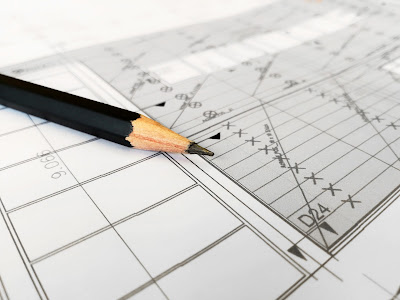BIM stands for Building Information Modeling. This is an innovative process based on complex BIM modeling tools. It helps engineers and architects in real project implementation to interact and collaborate better. BIM gives the necessary tools and insight to design, plan and build structures more effectively. It is a set of computer programs used by structural engineers in building construction and rehabilitation.
BIM has revolutionized the way of planning and implementing construction projects because it plays a key role in project execution. It has significantly improved the productivity of architects and other structural experts involved in the process. By using this method, the amount of time utilized for designing and planning the project is greatly reduced which translates to more time and greater profits for contractors and owners. The BIM process can be applied not only to residential and non-residential buildings but also to commercial and industrial buildings.
BIM is very useful in the case of the construction of residential homes especially because there are so many concerns that come along in the construction of residential homes. In addition to the aesthetic considerations like the layout and appearance of the house, architects and other structural experts must also take into account factors such as site accessibility, energy efficiency, security, longevity, and durability. This would result in the betterment of the homeowners' lifetime. BIM allows for more efficient use of the land for the overall convenience of the homeowners. BIM is the development of building information models which are designed specifically for the consideration of the life span, longevity, and security of a property. These models are then used by structural engineers and other experts in the field of construction to come up with realistic designs for a particular building project.
The main aim of BIM is to help detect conflicts in the construction of the property during its lifetime and prevent any major failures. For this reason, the process is also known as risk assessment for construction. It is also considered an important component of structural engineering in the field of construction. Since it offers a more systematic approach to the entire construction process, more reliable results are likely to be obtained. It is therefore essential for any construction project development or modification to use the best methods available.
 |
The use of 3D BIM is therefore very crucial especially for large buildings and structures that require precision in the designs and calculations. The accuracy of the building project development depends on the 3D modeling service that is chosen. Different modeling solutions are available, and some of the most popular is the use of 3D visualization program and the incorporation of virtual technologies. Both these 3D visualization programs and virtual technologies offer you the ability to detect conflicts and problems that may occur during the life cycle of the construction project.
There are many advantages of using 3D BIM technologies during the construction project life-cycle. In most cases, they provide better accuracy in the measurements and make it easier for the designers to detect any errors. The introduction of virtual technologies in the building design and planning process enables you to make significant changes without making drastic alterations to the overall structure of the building. This is a very important factor because you cannot afford to make any mistakes to improve project management and increase profitability.
In addition, 3D BIM allows you to get a good visualization of the whole building in 3D. This enables you to have a better look at all kinds of angles and size variations of the entire structure from all possible perspectives. This can greatly help in the identification of any issues or conflicts in the construction process. Also, the use of a 3D program enables you to control the complex dynamics of the entire system. You will therefore be able to ensure that everything goes as planned and within the budget that was specified.
Generally, there are many advantages of using BIM techniques in the construction project life-cycle. The introduction of new technology enables better accuracy and fewer errors in the measurements. They also improve the overall efficiency of the whole project by reducing costs and speeding up the time for completion. With these benefits, you can see why using advanced 4D scheduling and BIM technologies are vital for the successful completion of any construction project.






0 Comments